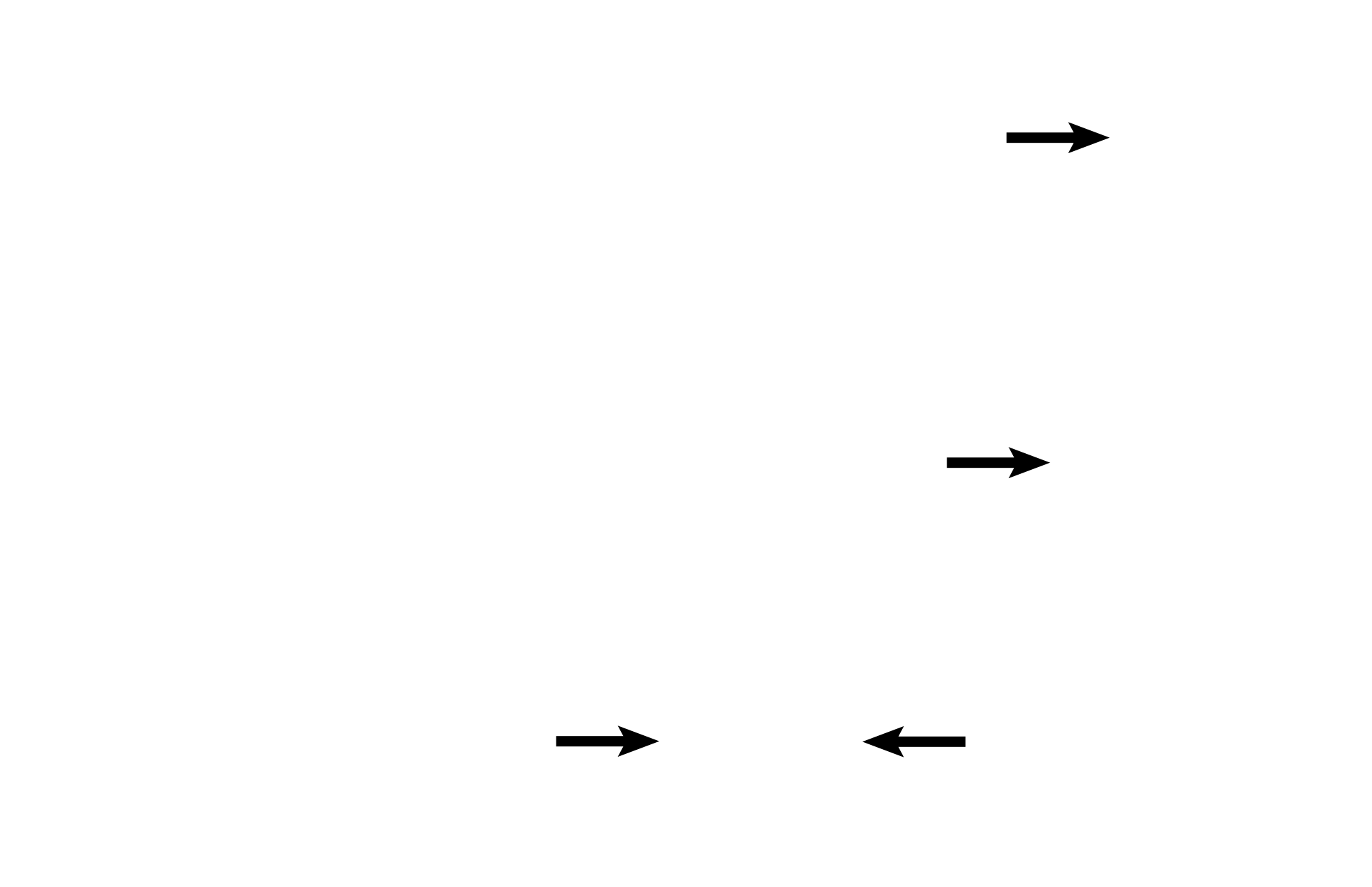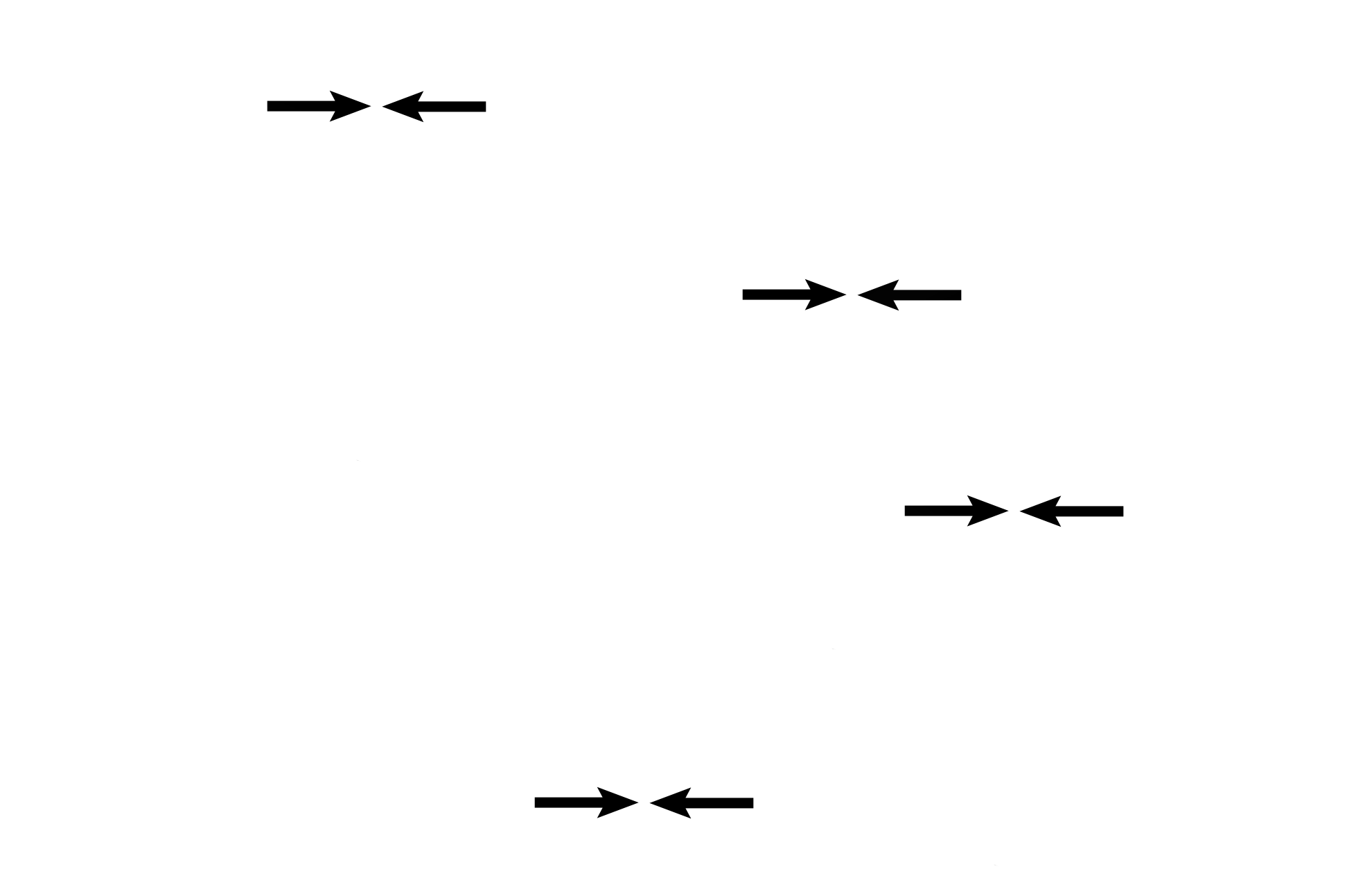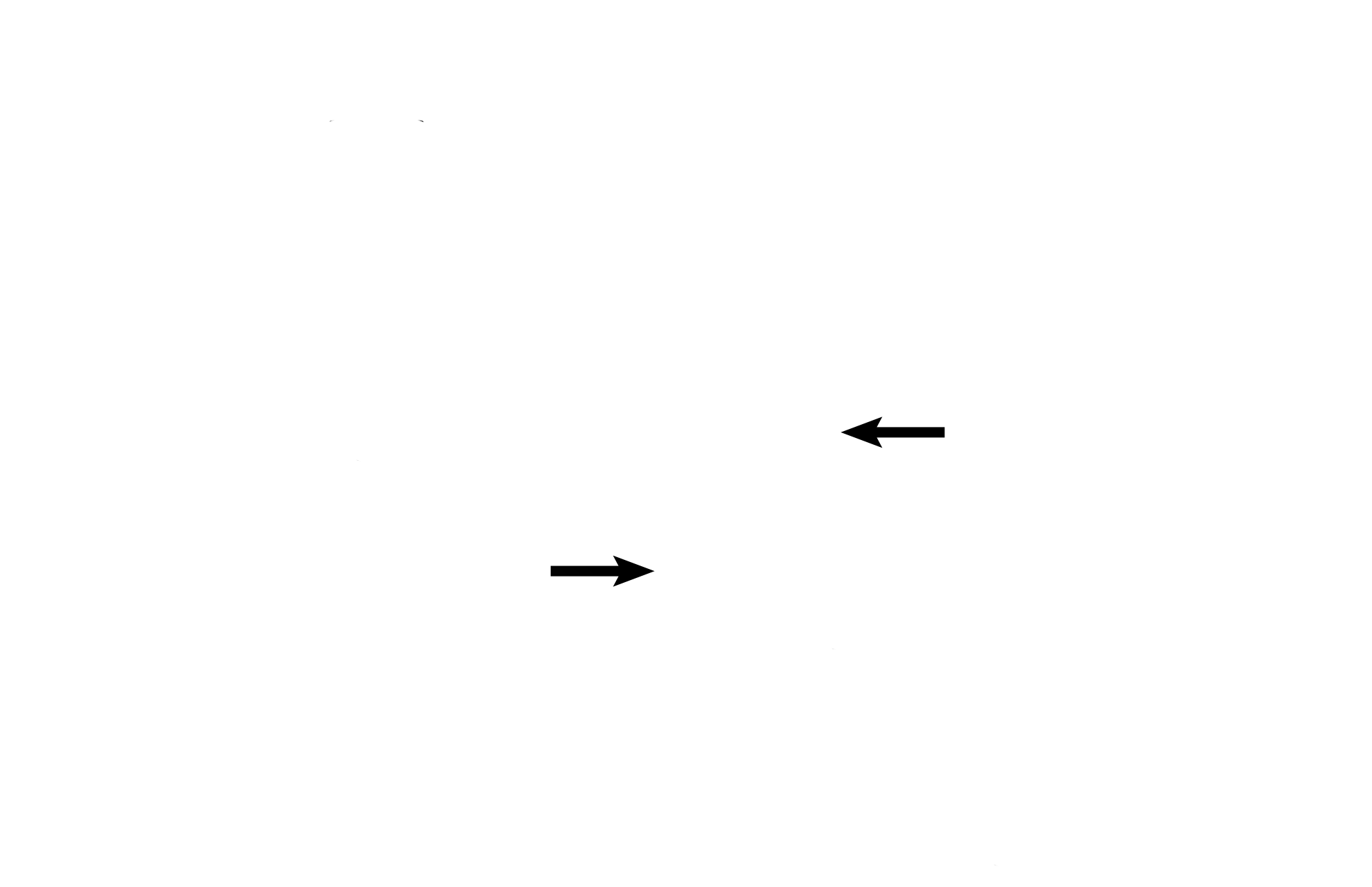
Alveolus
The interalveolar septum is lined by type I (pulmonary epithelium) and type II (septal) cells. Numerous capillaries protrude into the alveolus from the septum. Macrophages are visible lying free in the alveolar lumen 1000x

Alveoli
The interalveolar septum is lined by type I (pulmonary epithelium) and type II (septal) cells. Numerous capillaries protrude into the alveolus from the septum. Macrophages are visible lying free in the alveolar lumen 1000x

Type I cell >
Type I cells line the alveolus; their nuclei protrude into the alveolar space. Endothelial cell nuclei face the capillary lumen and are frequently curved to assume the shape of that lumen. Septal cells (type II alveolar cells) are large, vacuolated cells that bulge into the alveolus.

Type II cell
Type I cells line the alveolus, their nuclei protrude into the alveolar space. Endothelial cell nuclei face the capillary lumen and are frequently curved to assume the shape of that lumen. Septal cells (type II alveolar cells) are large, vacuolated cells that bulge into the alveolus.

Endothelial cell nuclei
Type I cells line the alveolus, their nuclei protrude into the alveolar space. Endothelial cell nuclei face the capillary lumen and are frequently curved to assume the shape of that lumen. Septal cells (type II alveolar cells) are large, vacuolated cells that bulge into the alveolus.

Capillaries >
Capillaries form 80% of the wall of the alveolus. Blood cells present in the capillaries help to identify these vessels. The air-blood barrier consists of a simple squamous epithelium (type I) lining the alveolus and a simple squamous epithelium (endothelium) lining the capillary, along with their fused basal laminae.

Blood cells
Capillaries form 80% of the wall of the alveolus. Blood cells present in the capillaries help to identify these vessels. The air-blood barrier consists of a simple squamous epithelium (type I) lining the alveolus and a simple squamous epithelium (endothelium) lining the capillary, along with their fused basal laminae.

Air-blood barrier
Capillaries form 80% of the wall of the alveolus. Blood cells present in the capillaries help to identify these vessels. The air-blood barrier consists of a simple squamous epithelium (type I) lining the alveolus and a simple squamous epithelium (endothelium) lining the capillary, along with their fused basal laminae.

Macrophages >
Alveolar macrophages may lie either in the interalveolar septum or free in the alveolus, as seen here. These cells are derived from monocytes and normally phagocytose foreign debris that reach the lungs. During congestive heart failure, they phagocytose extravasated blood accumulating in alveoli and are then called “heart failure” cells.